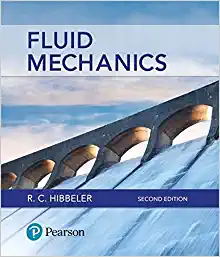Answered step by step
Verified Expert Solution
Question
1 Approved Answer
Although muscles produce linear forces, motions at joints are all rotary. The rotary torque is the product of muscle force and its moment arm. The
"Although muscles produce linear forces, motions at joints are all rotary. The rotary torque is the product of muscle force and its moment arm. The moment arm can be defined as the distance from the insertion of the muscle (or tendon) to the axis of rotation. For example, in the graph below the axis of rotation is the center of the ankle joint. The moment arm of Achilles tendon is shown as the blue arrow. This moment arm becomes shorter when the foot is on the ground (left panel) than when the heel is raised during takeoff (right panel)."
Purpose: You will use this assignment to apply the course content on the angular kinematic motion to an example of softball pitching. "Although muscles produce linear forces, motions at joints are all rotary. The rotary torque is the product of muscle force and its moment arm. The moment arm can be defined as the distance from the insertion of the muscle (or tendon) to the axis of rotation. For example, in the graph below the axis of rotation is the center of the ankle joint. The moment arm of Achilles tendon is shown as the blue arrow. This moment arm becomes shorter when the foot is on the ground (left panel) than when the heel is raised during takeoff (right panel)."
Step by Step Solution
There are 3 Steps involved in it
Step: 1

Get Instant Access to Expert-Tailored Solutions
See step-by-step solutions with expert insights and AI powered tools for academic success
Step: 2

Step: 3

Ace Your Homework with AI
Get the answers you need in no time with our AI-driven, step-by-step assistance
Get Started


